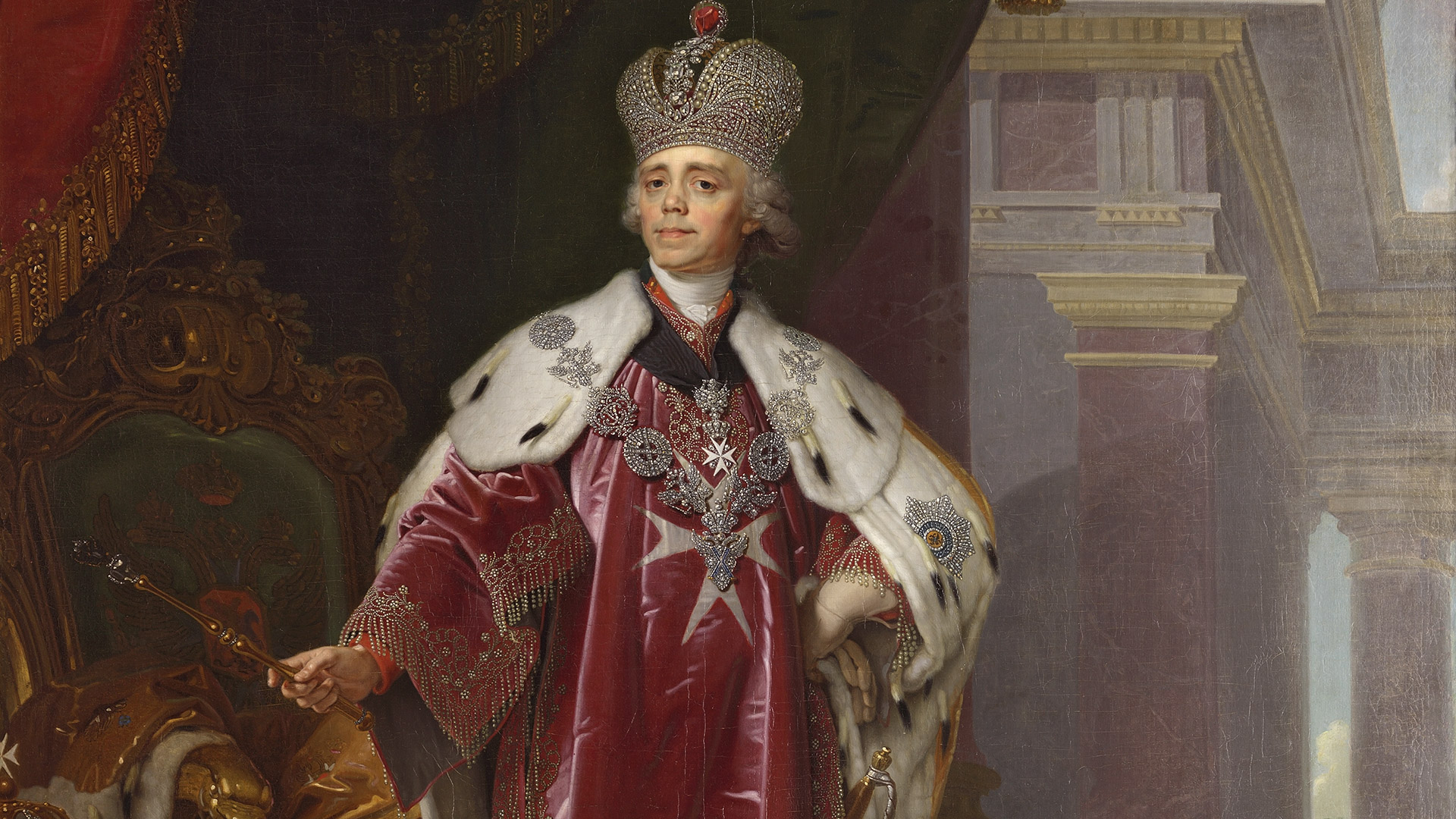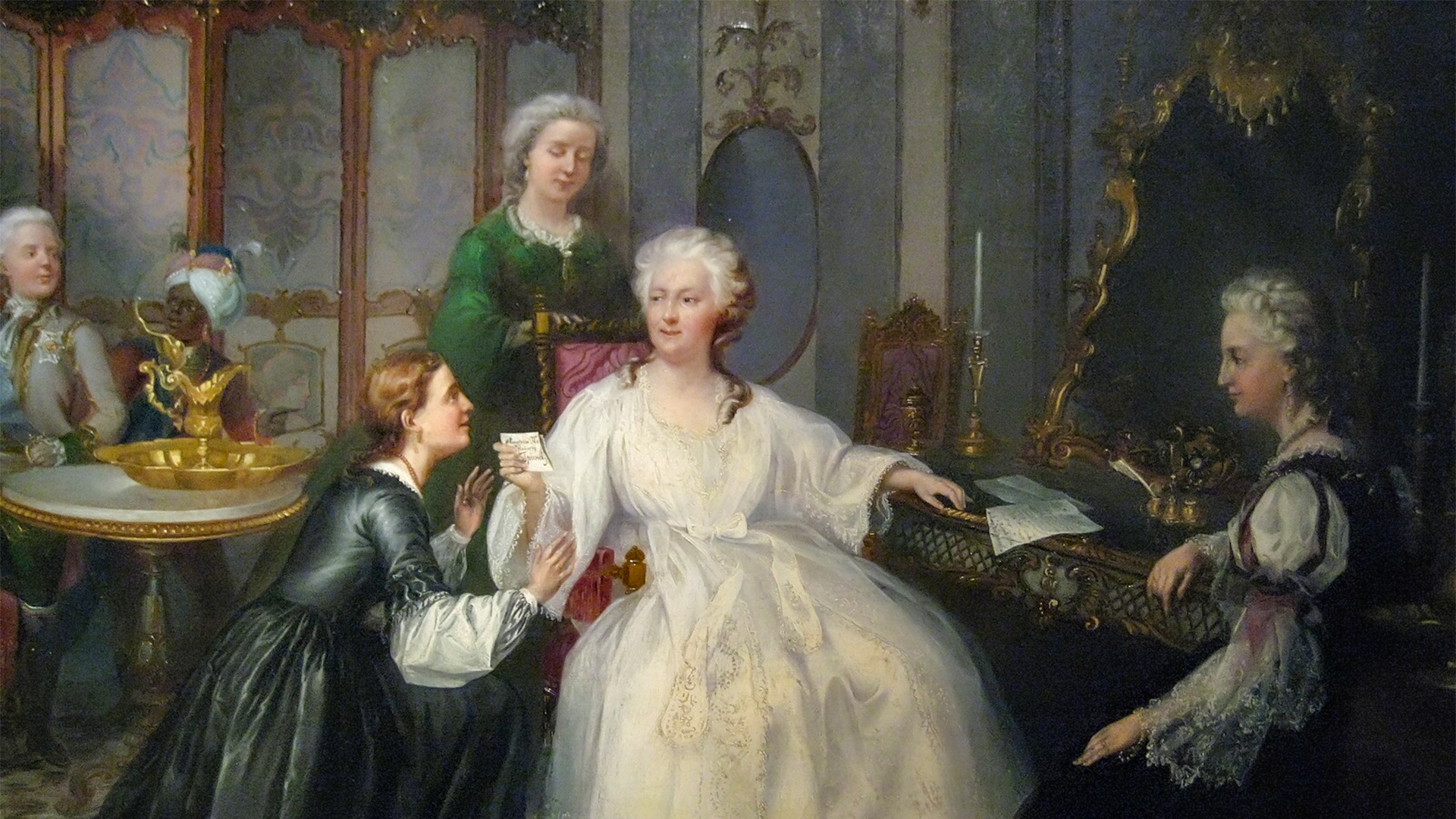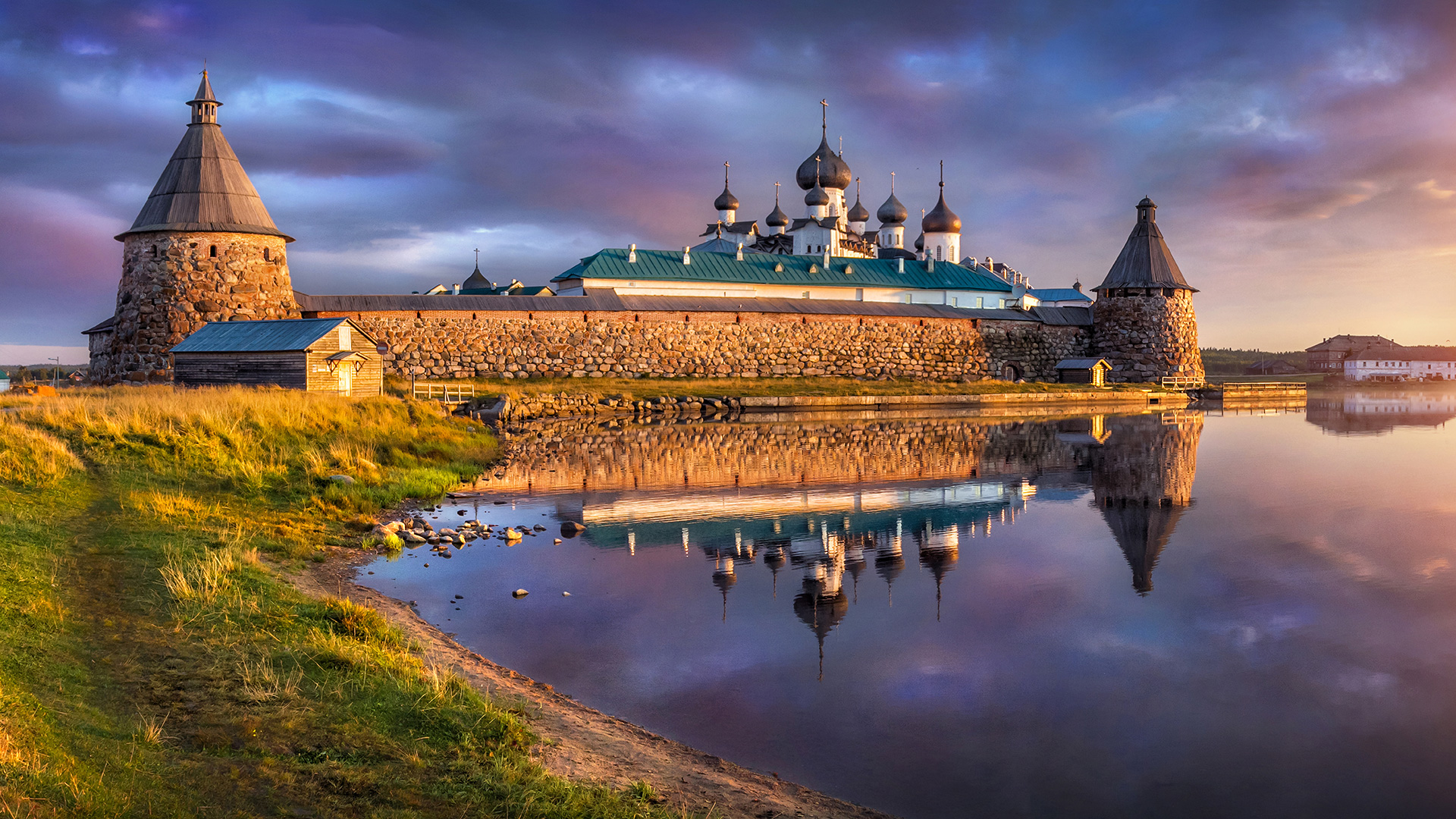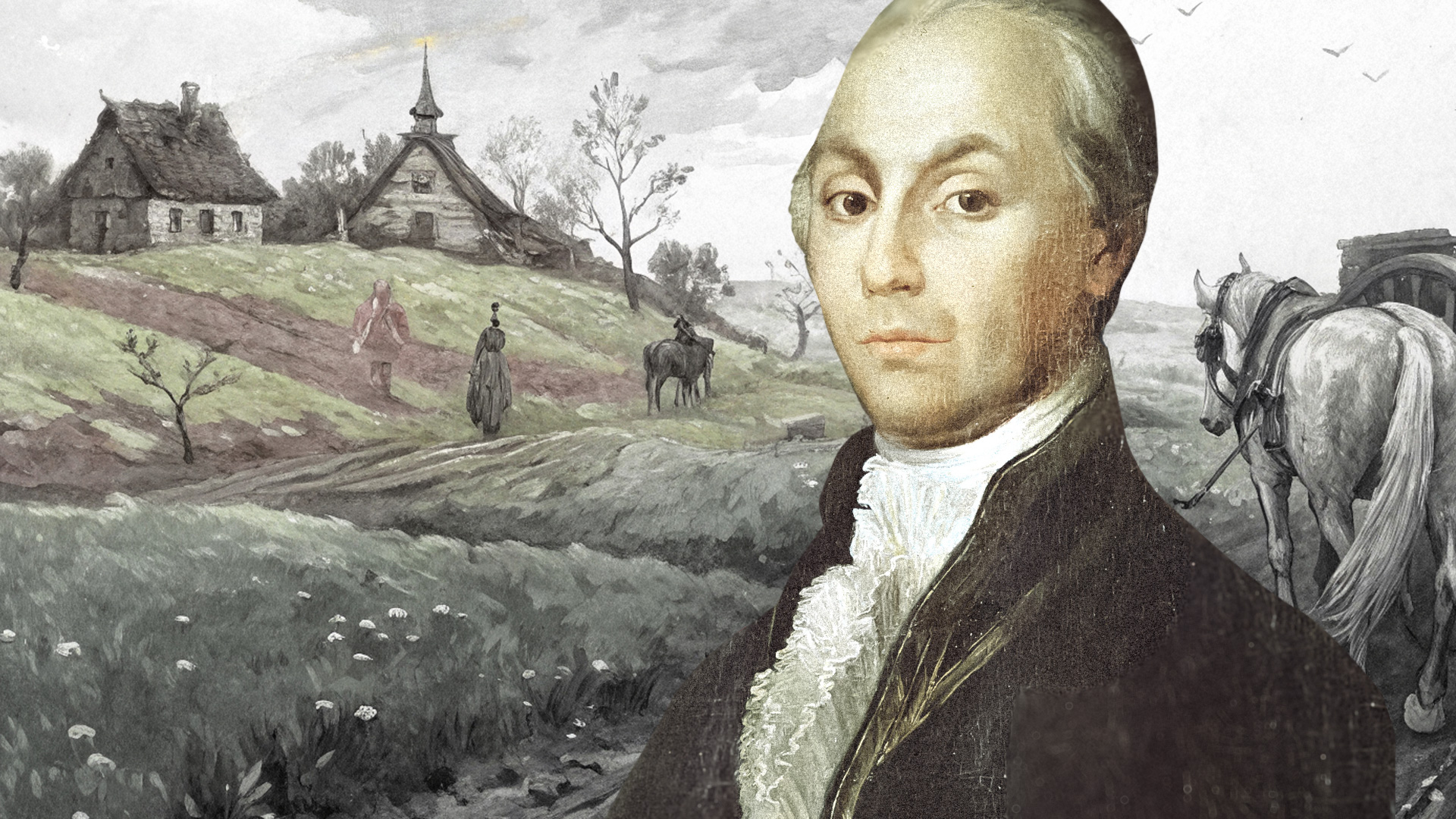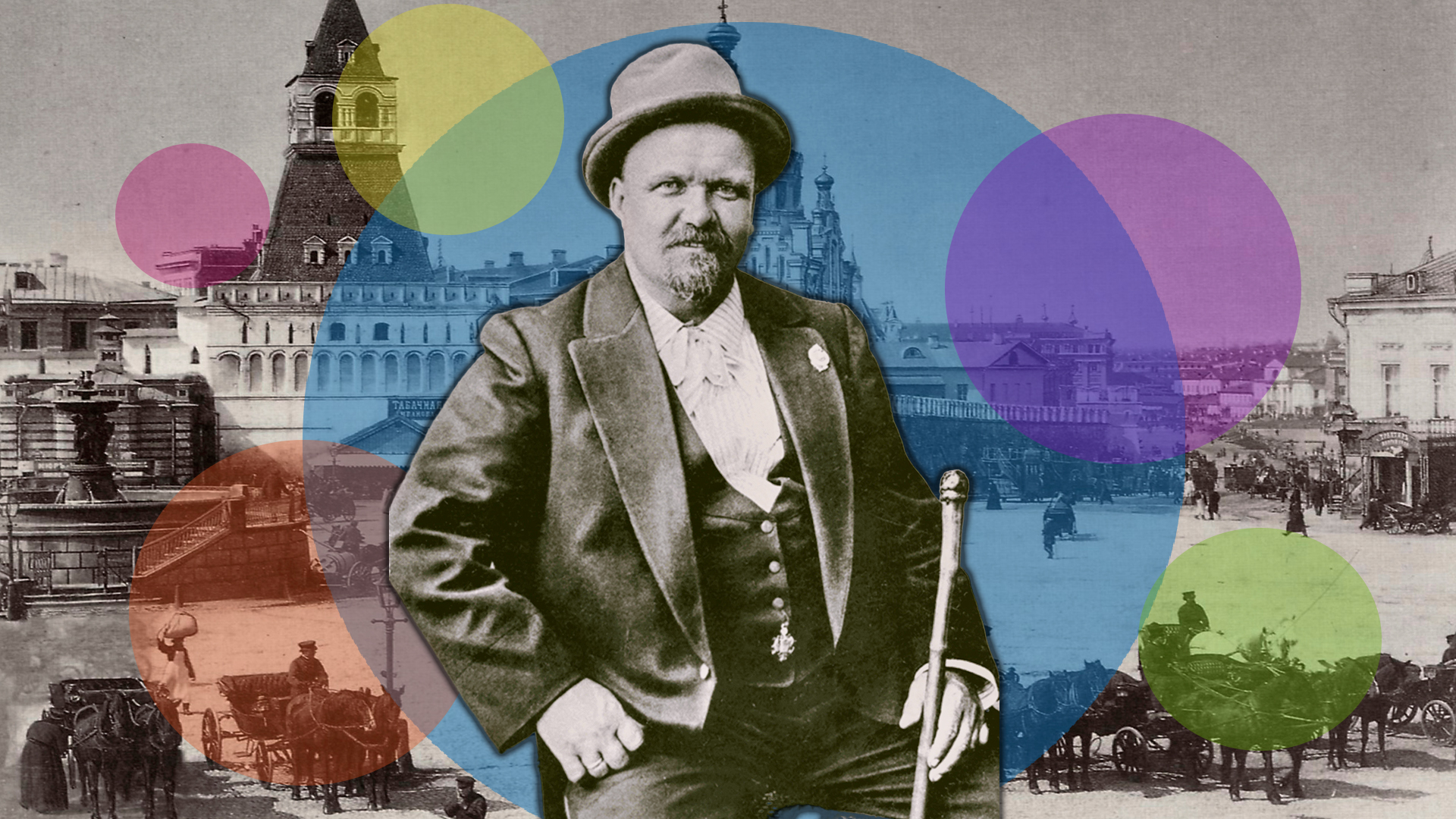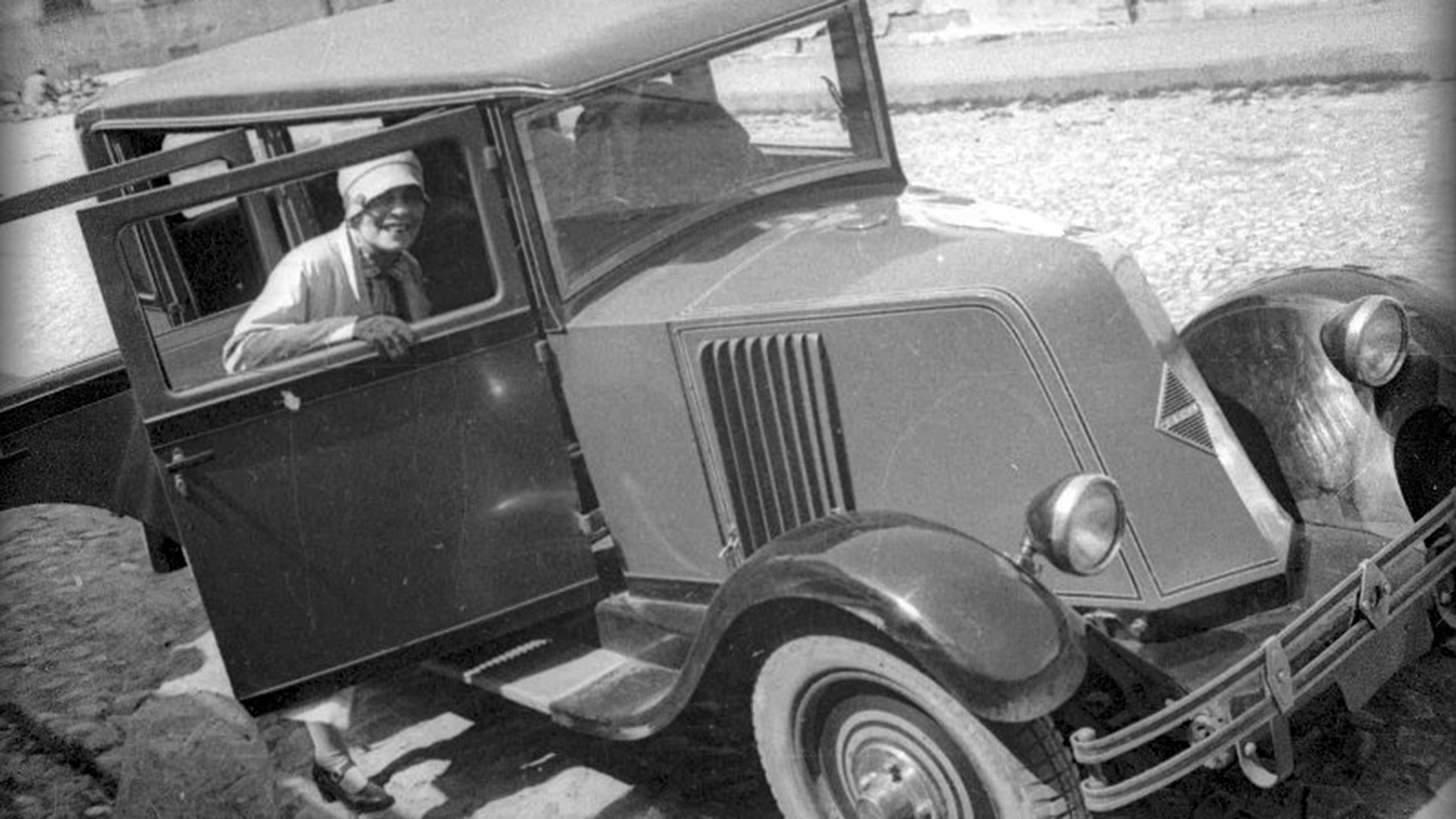
5 facts about ‘valenki’, the most Russian wool boots

1. The name comes from the word ‘valyat’ (‘felting’)
 The felting process
The felting process
‘Valenki’ are boots made of felted wool. Actually, their name originates from the Russian word ‘валять’ (‘valyat’), which literally translates as ‘felting’. In Russia, ‘valenki’ were mainly produced out of sheep's wool, although, theoretically, any wool can be used. In Central Asia, for example, they often resort to camel wool.
The process of felting is quite complicated and long. First, you need to clean the wool, comb it out, rinse it with soapy water and break up the wisps. Then, this fluffy loose mass is long rolled and literally felted.
Periodically, the wool must be wetted and felted again and then dried. The ‘valenki’ do not have seams, because the felt is “rolled” entirely on the finished boot.
2. The technology came from the Golden Horde
 Temüjin being proclaimed as Genghis Khan in 1206, as illustrated in a 15th-century Jami' al-tawarikh manuscript
Temüjin being proclaimed as Genghis Khan in 1206, as illustrated in a 15th-century Jami' al-tawarikh manuscript
Russia owes the Mongols for the appearance of ‘valenki’. By the way, this is not the only thing that they brought to the Russian lands. Read more about other innovations here.
The Mongol-Tatars themselves did not wear ‘valenki’. But, these Turkic nomads knew how to make felt from wool. They had similar wool stockings and they also actively used this technology in the construction of yurts and the manufacture of carpets.
3. At first, ‘valenki’ were worn only by wealthy people
 Sergei Ivanov. Family, 1907
Sergei Ivanov. Family, 1907
Initially, only wealthy people could afford ‘valenki’. Firstly, because it required a lot of wool, from 4 to 7 kg, and, secondly, the process of manufacturing by hand took a lot of time and only a limited number of craftsmen possessed the secret art.
‘Valenki’ got widespread use and availability only in the early 19th century with the boost of its industrial production. In addition, the popularity of ‘valenki’ is associated with the growth of sheep breeding in Russia and the breeding of a special breed, the Romanov sheep. Its coarse wool is ideal for felting.
4. Suitable only for dry weather
 A woman wearing valenki with rubber galoshes in the town of Kineshma, Ivanovo Region
A woman wearing valenki with rubber galoshes in the town of Kineshma, Ivanovo Region
‘Valenki’ boots are very warm, but they are not very practical. The sole gets wet and wears out quickly. Therefore, they can be worn only in frosty, dry winters.
But, no one ever wore just ‘valenki’ as they are. The soles were always padded or lined with leather. And, with the widespread use of rubber in Russia in the late 19th century, they began to make rubber soles or wear boots with removable rubber overshoes, sort of like galoshes.
In one of the most famous Russian folk songs titled ‘Valenki, valenki’, the performer laments that her ‘valenki’ are unstitched and old. The girl urges her sweetheart not to buy her gifts, but rather to stitch up her ‘valenki’. Much more practical, we agree! Listen to the song and check out its translation into English here.
5. ‘Valenki’ are trendy again
 Designer valenki felt boots manufactured at a Valen-ki factory established by designer Sofiya Andriyanova
Designer valenki felt boots manufactured at a Valen-ki factory established by designer Sofiya Andriyanova
‘Valenki’ were part of the military winter uniforms, as well as police uniforms during the Soviet era. Many families, especially in villages, have always had ‘valenki’, which usually served for decades.
And cyclical fashion has again turned its attention to this practical winter footwear. At the beginning of the 21st century, ‘valenki’ became a popular souvenir and people started to wear them once more. Only now, they are no longer rough gray felt boots. They now come in beautiful white or other colors and are decorated by hand with Russian-style embroidery and beads.
Modern Russian designers also work a lot with ‘valenki’. And if ordinary ‘valenki’ with rubber soles can be bought for less than 2,000 rubles (approx. $20) today, then designer ones can be many times more expensive.
Moreover, even world-famous fashion houses have offered their own interpretation of Russian ‘valenki’, including Gianfranco Ferre.







